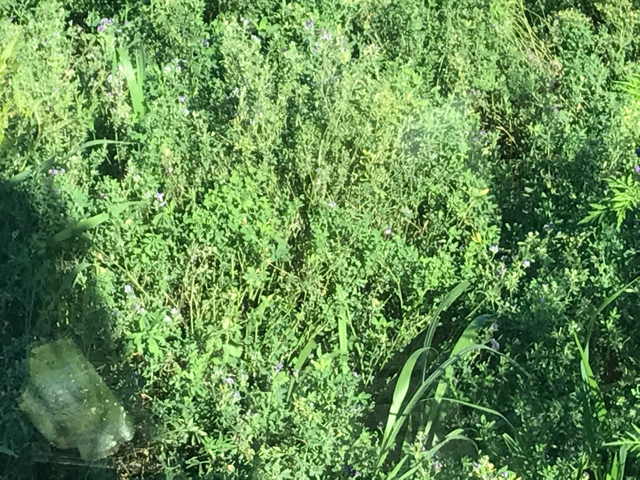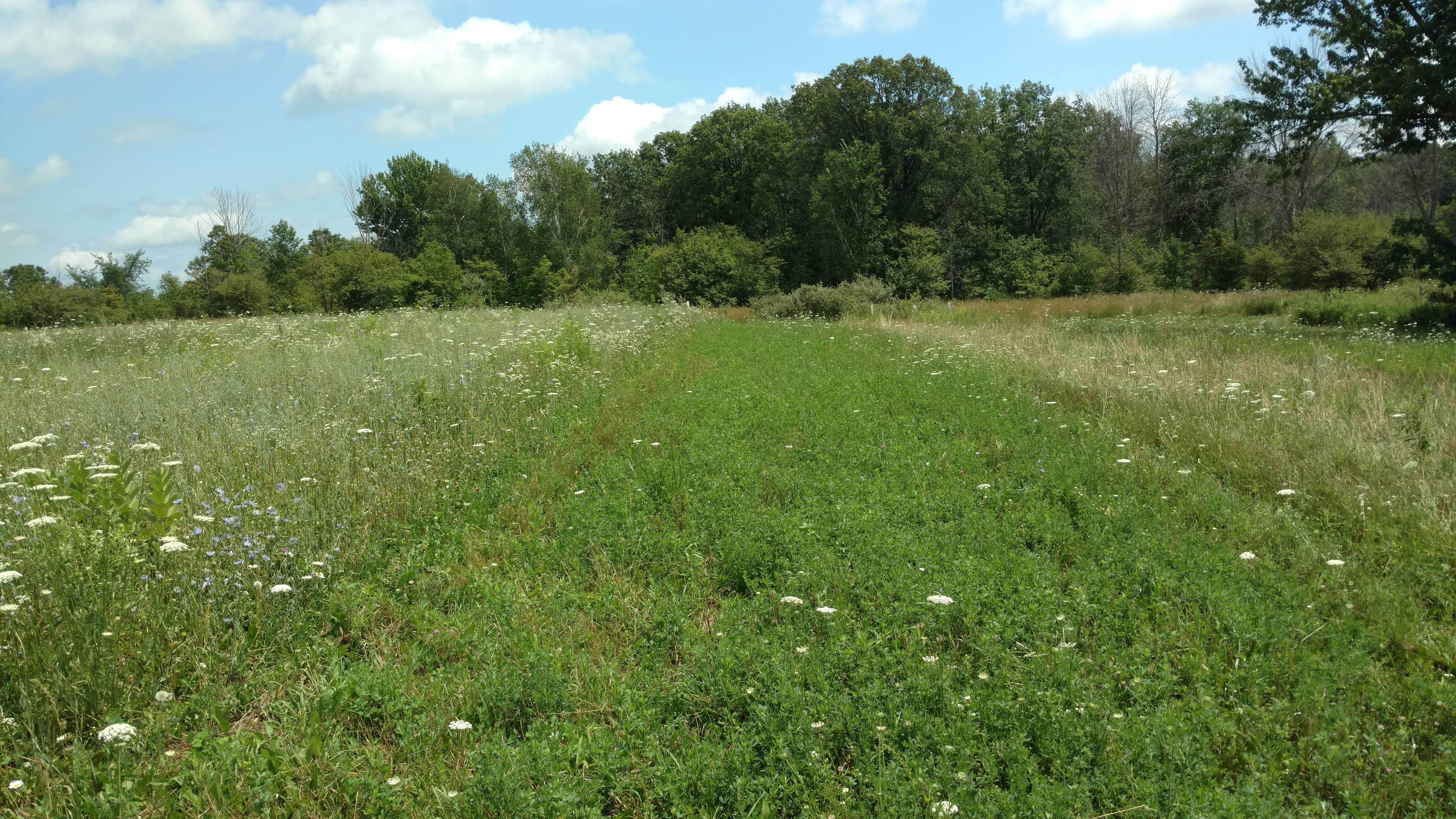Bowman,
How on earth did you come up with that mixture. I am not saying it is good or bad, but it is one of the most interesting mixes I have ever seen. I will say when we grow alfalfa for hay we do best with a pure stand of alfalfa. And, as I have said many times and will die saying "never plant alfalfa for a plot if you can't cut and bale the alfalfa". And, that is assuming you have a PH of at least 6.5 and are willing to fertilize the crap out of it.
Sent from my iPad using Tapatalk
https://www.grandparayoutdoors.com/products
 GRO MEMBERSHIP FORM
GRO MEMBERSHIP FORM
Bronze Level- Cost is Free
You receive the monthly newsletter
You receive access to monthly program member only specials.
Silver Level- Cost is $20 per year.
You receive the monthly newsletters.
You receive access to monthly program member specials.
You receive 10% off your online or dealer purchases.
You receive access to the O’Brion Educational Series online seminars on Facebook
You receive VIP invites to Grandpa Ray Fest
Gold Level- Cost is $20 per year and you must have made $250 in G.R.O purchases in 2017
You receive the monthly newsletters
You receive access to the monthly program member specials
You receive 10% off your online or dealer purchases
You receive access to the O’Brion Educational Series online seminars on Facebook
You receive access to the Elite G.R.O “Gold” Program member only mixes
You receive Grandpa Ray Fest VIP invites
You receive your choice of hat or shirt
Memberships will run from Jan 1, 2018-December 31,2018.
Name: ________________________________________________________________________
Address: ______________________________________________________________________
Email: ________________________________________________________________________
Membership Level: Bronze __ Silver __ Gold __
Payment Info: PayPal __ Check__ Credit Card __ (Need #, Exp., CCV Code, Billing Zip Code)







